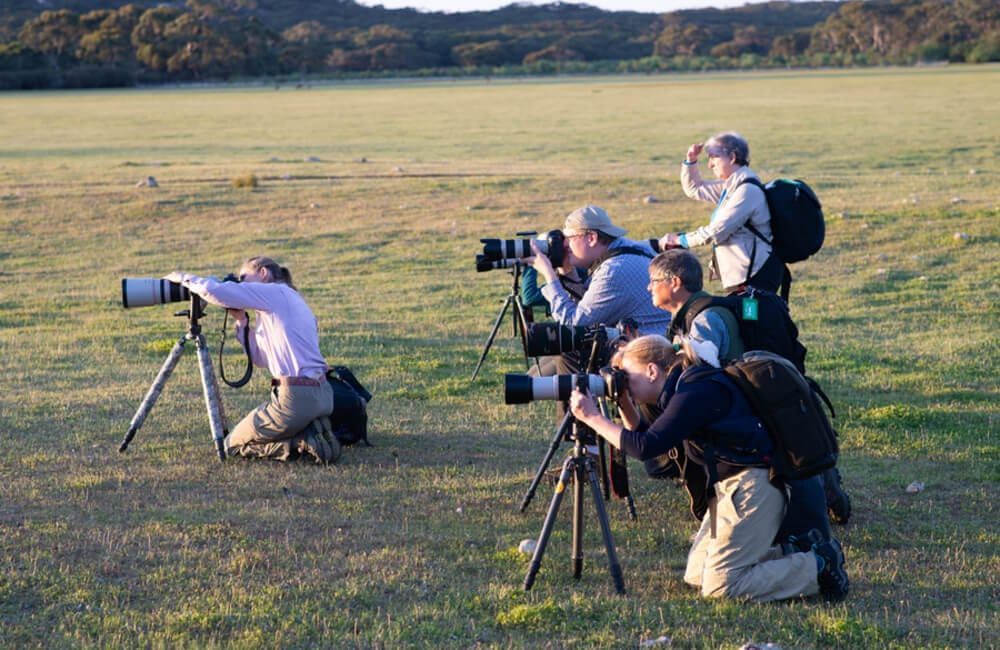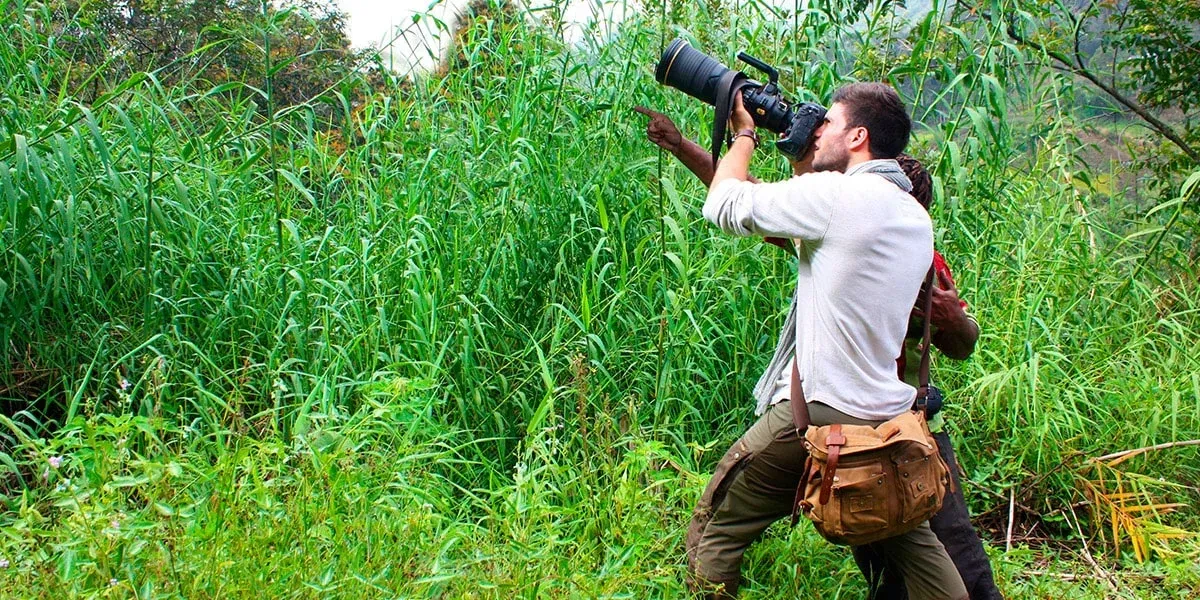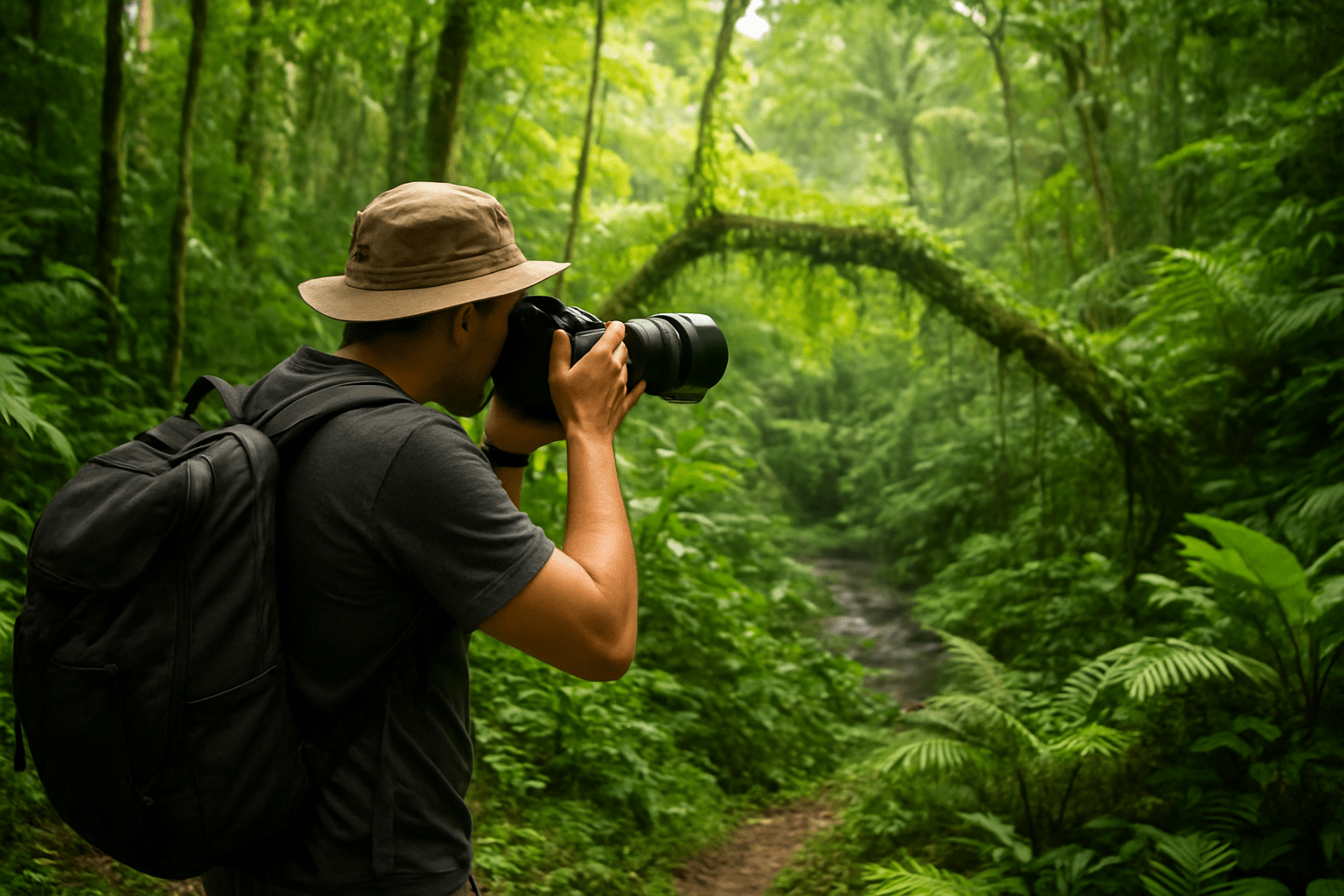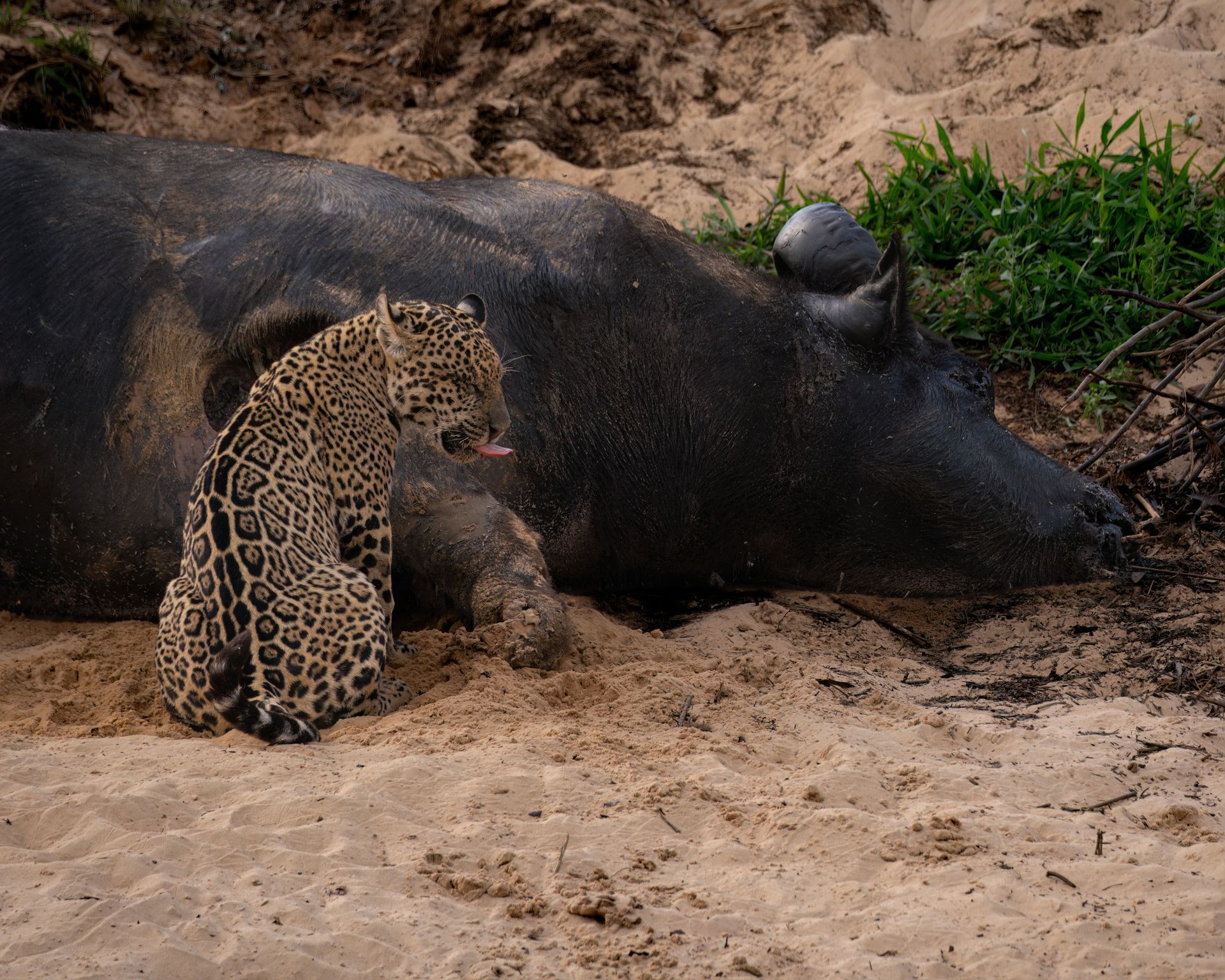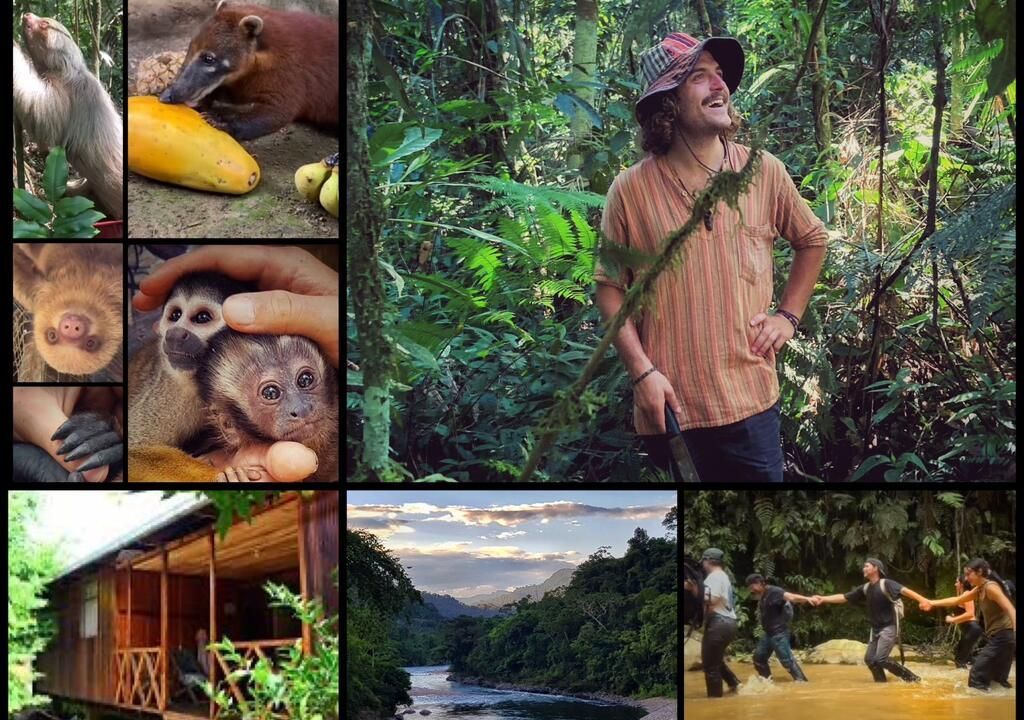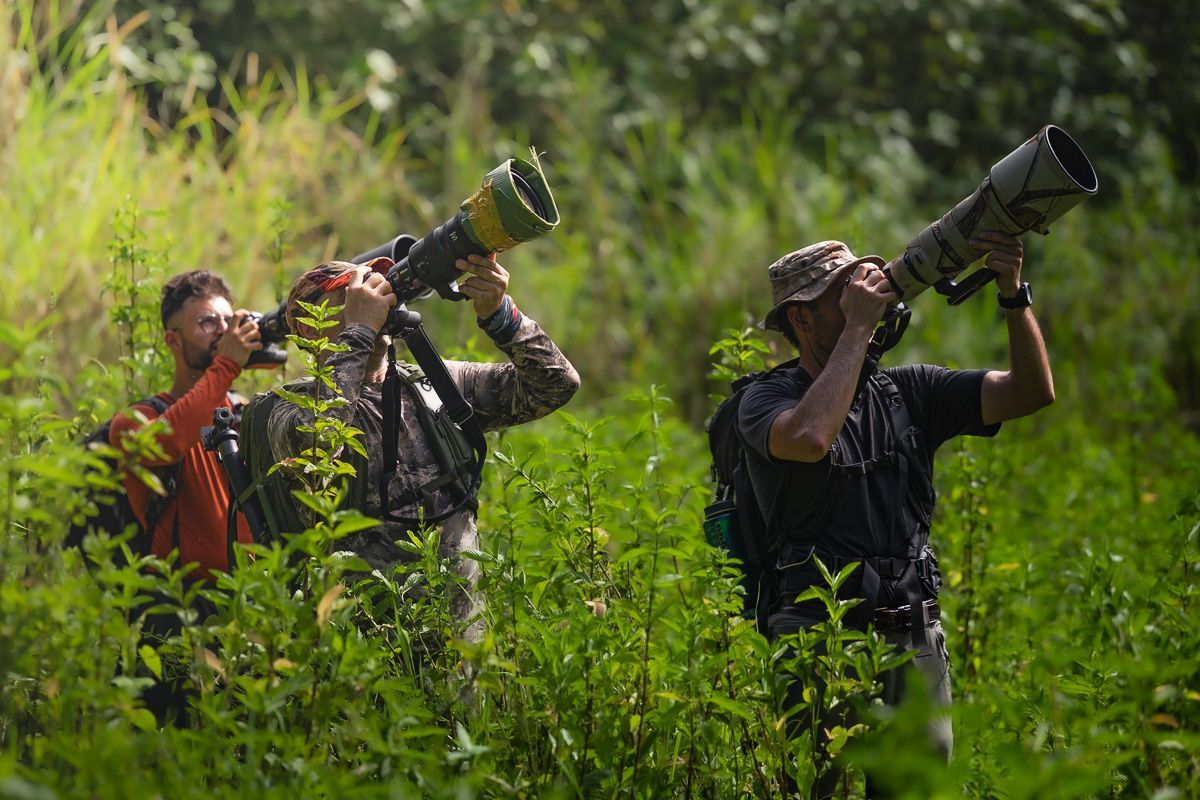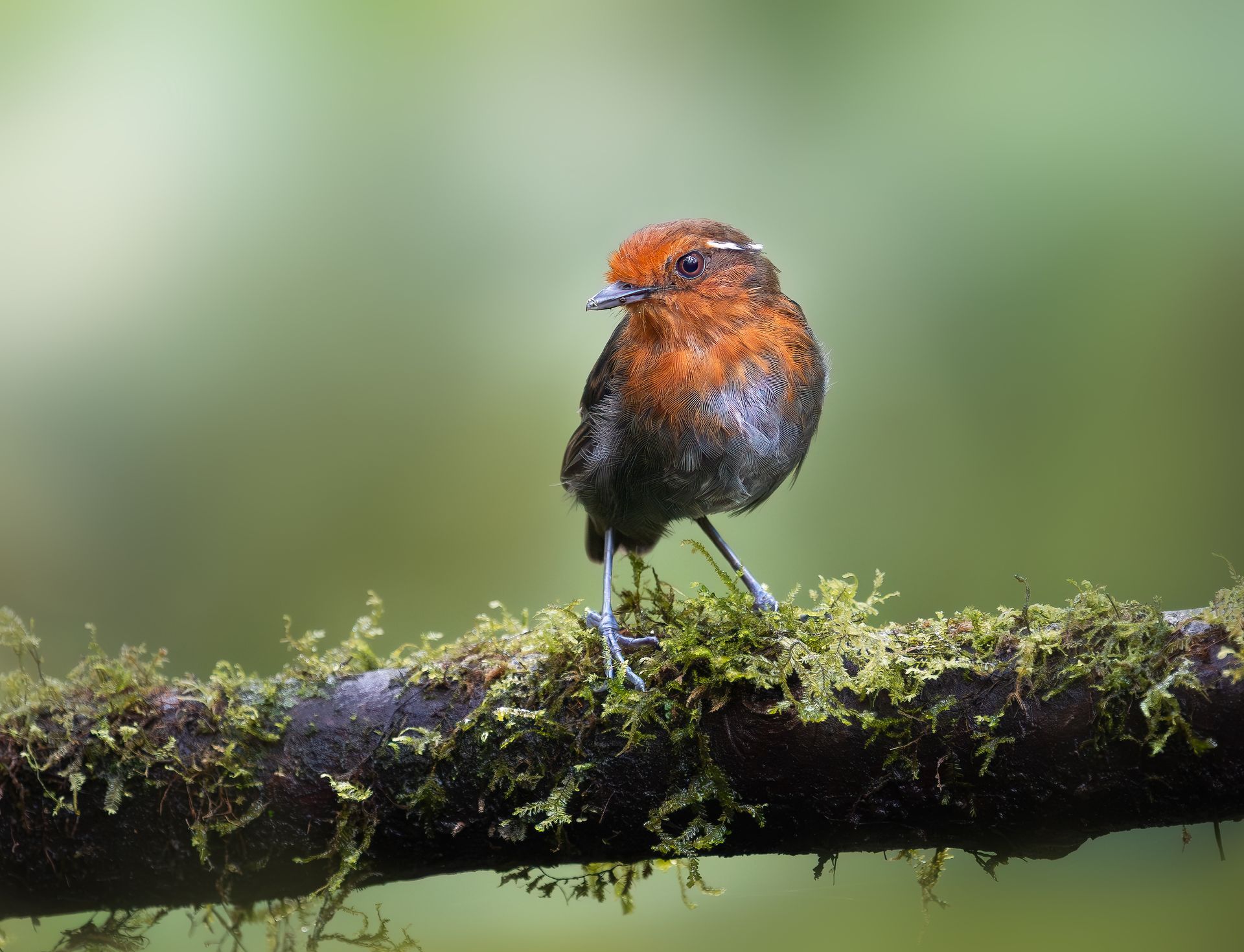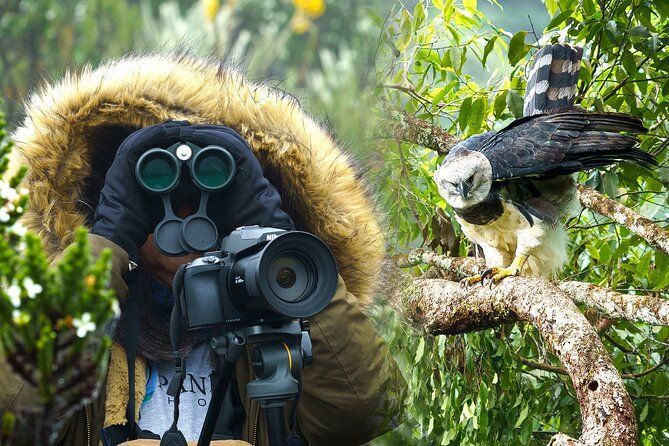Endemic Birds of the Cloud Forest: Tours for Serious Wildlife Photographers
Endemic Birds of the Cloud Forest: Tours for Serious Wildlife Photographers
The cloud forests of South America are among the most biodiverse and visually stunning environments on Earth. Nestled in high-altitude regions, these forests are shrouded in mist, filled with lush vegetation, and home to an array of endemic bird species found nowhere else in the world. For serious wildlife photographers, these regions offer unparalleled opportunities to capture rare, colorful, and behaviorally fascinating birds.
In this guide, we will explore the top destinations for photographing endemic cloud forest birds, the species you are likely to encounter, optimal timing for photography, essential equipment, and tips for capturing extraordinary images in these unique ecosystems.
Introduction to Cloud Forest Bird Photography
H2: Why Cloud Forests Are Special
Cloud forests are defined by persistent low-level cloud cover, high humidity, and abundant epiphytic growth. These conditions create a unique microclimate that supports a wide range of endemic birds. Photographers are drawn to these areas not only for species diversity but also for the ethereal beauty of the surroundings—moss-draped trees, misty valleys, and vibrant orchids provide natural, dramatic backdrops.
H2: Endemism in Cloud Forests
Endemic birds are species that exist only within a limited geographic range. In the cloud forests of Colombia, Ecuador, Peru, and Bolivia, many birds have evolved in isolation, resulting in spectacularly unique plumage, behaviors, and vocalizations. Examples include:
- Longuemare’s Sunangel – A vibrant hummingbird endemic to Colombia’s high-altitude cloud forests.
- Santa Marta Parakeet – Found exclusively in Colombia’s Sierra Nevada de Santa Marta.
- Coppery-bellied Puffleg – Restricted to northern Andean paramo and cloud forest edges.
- Moss-backed Tanager – A brilliantly colored tanager found in Ecuadorian cloud forests.
These species are often challenging to photograph due to their secretive behavior, dense habitat, and limited ranges, making them highly rewarding subjects for dedicated photographers.
Top Destinations for Endemic Bird Photography
H2: Colombia
H3: Sierra Nevada de Santa Marta
This isolated mountain range is a hotspot for endemics, including the Santa Marta Parakeet, Santa Marta Foliage-gleaner, and Santa Marta Blossomcrown. Early morning visits to established birding trails increase your chances of encountering these rare species.
H3: Tatamá National Park
Tatamá’s cloud forests are home to multiple endemic hummingbirds, antpittas, and tanagers. Private lodges offer feeders that attract rare species, providing unique photographic opportunities.
H3: Farallones de Cali
A mixture of accessible trails and deep forest sections makes this area ideal for photographing secretive and elusive birds. Light conditions in the early morning create a magical atmosphere for shots of iridescent hummingbirds and colorful passerines.
H2: Ecuador
H3: Bellavista Cloud Forest Reserve
Located in the Andean foothills, Bellavista is renowned for its diverse hummingbird population, including endemic species such as the Coppery-naped Puffleg. Photographers can capture both feeding and perched behaviors against vibrant floral backgrounds.
H3: Mindo Valley
Mindo is easily accessible from Quito and offers hundreds of species in compact cloud forest patches. Guided tours provide access to well-known lekking sites and hummingbird feeders.
H2: Peru
H3: Manu National Park
Manu is one of the most biodiverse locations in the Amazonian Andes, with dense cloud forest habitat supporting endemics like the White-bellied Antbird and Rufous-crested Coquette. Photography requires patience due to dense foliage but yields remarkable results.
H3: Kosñipata Valley
This cloud forest corridor connects high Andean regions to lowland rainforests. It provides excellent opportunities to photograph endemic species that are rarely seen elsewhere.
Best Practices for Photographing Endemic Birds
H2: Timing and Light
H3: Early Morning Sessions
Birds are most active at dawn, making the first two hours after sunrise ideal for photography. Light is soft, natural, and perfect for highlighting plumage colors.
H3: Seasonal Considerations
- Breeding Season: Courtship displays are more frequent, offering dynamic photography opportunities.
- Flowering Season: Many endemic hummingbirds are drawn to specific blooming plants.
H2: Camera Equipment
H3: Camera Body
High-speed autofocus and a high frame-per-second rate are essential for photographing fast-moving birds like hummingbirds. Full-frame sensors help capture detail in low light.
H3: Lenses
- 300–600mm telephoto lenses allow close-up shots without disturbing wildlife.
- Zoom lenses provide flexibility in dense forest environments where birds can be hard to approach.
H3: Accessories
- Tripod or monopod for stability in uneven terrain.
- Lens hoods to manage backlighting.
- Rain covers and protective gear due to humid conditions.
H2: Composition Techniques
H3: Isolate the Subject
Use shallow depth-of-field to separate birds from cluttered forest backgrounds. Focus on the eyes and plumage for compelling portraits.
H3: Capture Natural Behavior
Patience is key. Observing feeding, lekking, or interaction with conspecifics adds narrative to your images.
H3: Utilize Environmental Elements
Incorporate moss, mist, and flowers into compositions to create context and add depth.
Ethical Considerations in Cloud Forest Photography
H2: Minimize Disturbance
Avoid altering natural behaviors. Do not chase birds or interfere with nests.
H2: Stay on Trails
Prevent habitat degradation by sticking to marked paths and minimizing impact on fragile ecosystems.
H2: Support Conservation Efforts
Use local guides and lodges committed to sustainability. Your presence contributes to conservation funding and community support.
Guided Tours and Expeditions
H2: Benefits of Guided Cloud Forest Tours
- Access to secretive lek sites and feeding grounds.
- Local guides provide behavioral insights that improve photo opportunities.
- Organized tours reduce travel stress and maximize efficiency in remote areas.
H2: Recommended Itinerary for Serious Photographers
Day 1: Arrival and orientation in Bogotá or Quito.
Day 2: Transfer to highland cloud forests; scouting for hummingbird feeders.
Day 3–4: Morning lek visits, midday rest, afternoon photography at waterfalls or flower patches.
Day 5–6: Explore lower cloud forest elevations, focus on elusive endemics.
Day 7: Wrap-up session with portfolio review and optional night bird photography.
This itinerary balances early-morning fieldwork, strategic scouting, and downtime, allowing photographers to be alert and prepared for dynamic wildlife moments.
Conclusion
Photographing endemic birds in the cloud forests is both a challenging and rewarding endeavor. From the misty peaks of Colombia’s Sierra Nevada to the hummingbird-rich valleys of Ecuador and Peru, serious wildlife photographers can experience some of the most spectacular avian biodiversity on the planet.
Success in cloud forest bird photography depends on preparation, understanding species behavior, selecting the right gear, and respecting natural habitats. By combining these elements with local expertise and guided tours, photographers can capture unforgettable images of these rare and colorful species.
The cloud forests are more than just a photographic destination—they are a window into a fragile ecosystem where every shutter click contributes to a greater appreciation of biodiversity. For those willing to embrace the challenge, photographing endemic birds in the cloud forest is a truly transformative experience.



